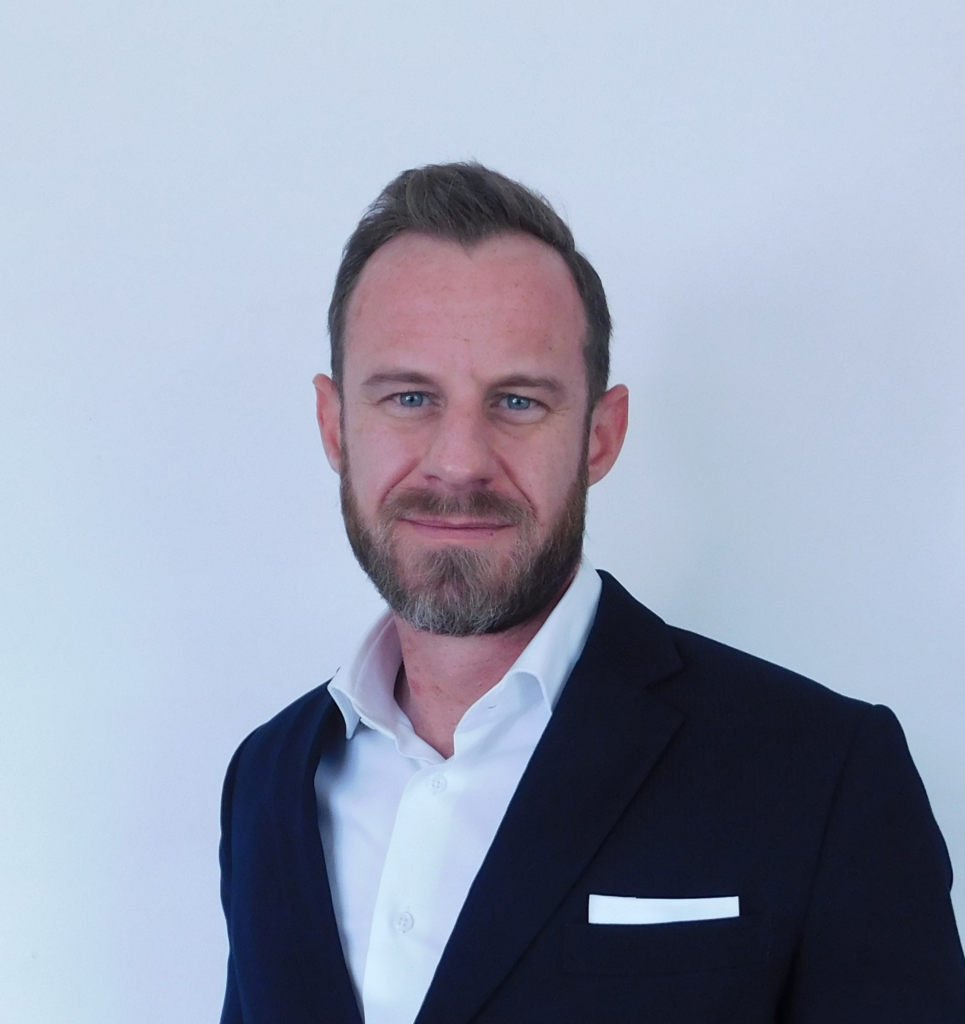As more than 900,000 South African matric learners sit down to begin their final exams this month, the country is once again reminded of an uncomfortable truth: even when learners make it through 12 years of schooling, their next hurdle in the form of accessing and completing tertiary education remains one of the most unequal journeys in South Africa. “Across the country, thousands of capable students are forced to pause or abandon their studies because they can’t afford accommodation near campus, access reliable transport, or must work to support their families. These are not exceptions; they are the norm,” says Leon Smalberger, CEO of the Academic Institute of Excellence (AIE).
However, he notes that obtaining a tertiary qualification is often not a luxury but a necessity for a future with opportunities tied to earning a living. Yet many of this year’s matriculants will enter a post-school system still built on the rigid, outdated assumption that every student has the time, infrastructure, transport, connectivity, and financial freedom to study in a full-time, in-person classroom.
In a country where 35.2% of youth are not in employment, education, or training, this model is no longer fit for purpose and must be addressed. “The challenge is not lack of talent or ability.
Rather, it’s a system that still measures commitment by physical presence rather than by competence or effort.”
Demonstrating the depths of the crisis, South Africa continues to see staggering dropout rates. Up to 50% of students leave tertiary studies within three years, and first-year dropout rates can reach 60%, while the national graduation rate hovers at just 17%.
Smalberger argues that this is not because students lack talent, but because the system lacks flexibility. “When learning becomes more flexible, opportunity will finally become fair. By designing learning around people’s circumstances, we can turn education into a genuine equaliser that changes lives at scale.” For different outcomes, South Africa must adopt a different model The solution is creating multiple, credible ways to study, including flexible learning frameworks that allow students to study how and when they can without compromising academic quality.
For example, at AIE, this philosophy has taken shape through three adaptive learning pathways designed to meet South Africa’s real-world conditions:
Full-time hybrid learning: Students can attend lectures on campus, online, or switch freely between the two. Even when the lights go off at home, campuses remain fully
powered and connected.
Full-time online learning: This option draws on the benefits of technology to eliminate geographical barriers for students across South Africa and abroad.
Part-time flexi-online learning: An alternative designed for working students who need to learn after hours or on weekends.
Each model is powered by AIE’s myWay Hybrid Learning System, which uses smart screens, digital whiteboards, and multi-angle, real-time camera feeds to teach on-campus and remote students simultaneously. Lectures are recorded for anytime access, ensuring every student enjoys the same interactive, high-quality experience wherever they choose to learn.
This makes enhanced access possible for students who might otherwise be forced to abandon their studies, without requiring any compromise in the quality or experience that learning through AIE offers, whether they are in Bedfordview, Bushbuckridge, or Botswana.
Building an integrated education ecosystem
Recognising the need for flexibility at scale, AIE recently unified its nine specialised schools under the single banner of One AIE, including Engineering, Architecture, IT, Business, Design, Education, and more. This has created a single, integrated ecosystem that offers nearly 100 accredited tertiary qualifications, all aligned with AIE’s goal of making quality tertiary education accessible to every South African, regardless of background or postcode.
Students can now benefit from consistent learning platforms, shared support systems, and transferable credits across disciplines. They can move freely between online and on-campus modes of teaching without losing momentum.
“If South Africa is serious about solving its skills crisis, flexibility in tertiary education cannot remain optional. It must become policy. Students need choice not just in what they study, but how they study,” adds Smalberger.
“South Africa’s education system must evolve to better serve this generation of learners. This is a generation that is mobile, digital, and resource constrained. Education must acknowledge these realities and adapt accordingly.”
As the matric class of 2025 prepares to take its first steps into higher education, the message is clear: if South Africa wants different results, it must embrace a different model. Only when education meets students where they are, financially, geographically, and technologically, will it become a true equaliser.
Why Flexible Education Could Become South Africa’s Greatest Equaliser – Especially for the Matric Class of 2025

Reading Time: 3 minutes
